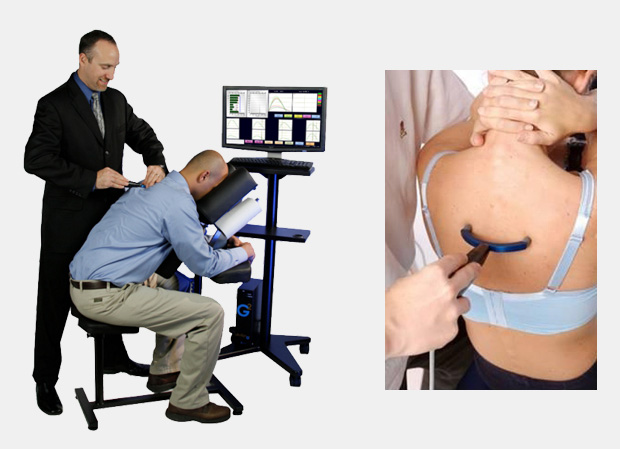


It has been found in another study that sleeping on a firm surface leads to C-form curvature of spine in a frontal view. showed that using an individualized sleep system, in comparison with the sleep system which an individual usually uses, causes the shoulder and back pain of the individual to decrease and his sleep quality to increase. observed that patients with low back pain feel less comfortable on a mattress with high stiffness than on a mattress with average stiffness. Thereagainst, mattresses with high stiffness lead to shoulder pain, and cause the decrease in sleep quality and improper distribution of body loads. Soft surfaces cause the increase in low back pain due to incorrect support of vertebral column. The effect of these parameters on the soundness of vertebral column has been also investigated. Various researches have been done on the effect of mechanical parameters of sleep system (cushion, mattress, bed base) on the posture of individual, manner of load distribution, decubitus ulcer, temperature and heat transfer, comfort, and physiological responses of the body like muscle relaxation. With the change of the direction of gravity vector during sleep, the intervertebral disks are unloaded and can rehydrate to restore their elasticity. Growth and restoration of intervertebral disks as a hydrated soft tissue are based on the amount of pressure and its manner of application on them. A non-neutral posture can apply lateral bending and unbalanced loading on intervertebral disks and facet joints. A proper sleep system can align the spine to some extent in its neutral posture which is the same as the spine alignment in upright position. Human being has no active control on spine alignment during sleep.


 0 kommentar(er)
0 kommentar(er)
